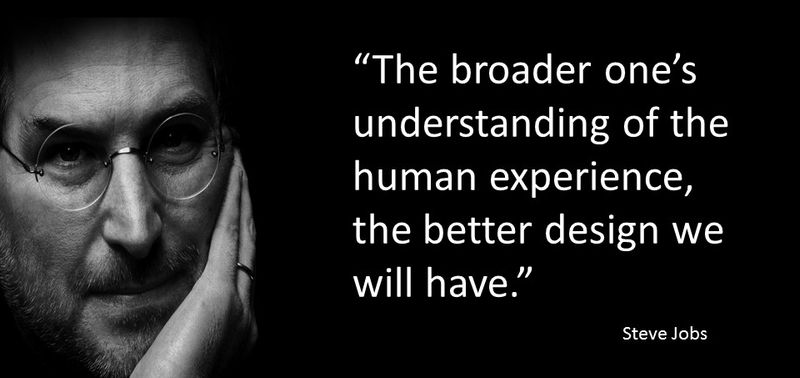In 1944 there were battles raging in the Atlantic and across Italy, assaults were underway to dismantle the Siegfried Line and the famous Allied invasion of Normandy, 'Operation Overlord'ready.
And yet, in the midst of this, Winston Churchill and his government planned for economic recovery. They established The Council of Industrial Design now The Design Council. It’s founding purpose to promote ‘by all practicable means the improvement of design in the products of British industry’ and support a positive economic future. Over the next 20 years British design and manufacturing began to make waves around the world from computer development, the world’s first commercial jet, high strength carbon fiber to desktop calculators and the lava lamp!
After the Spanish flu pandemic which killed over 50 million people worldwide the 1920’s saw new inventions, the bulldozer, traffic lights, the radio altimeter, the instant camera, headrests and the first convertible car to name a few. In 1919 after the ‘Great War ‘,Walter Gropius founded a school with a vision to bridge the gap between art and industry by combining crafts and fine arts and reflect the new period in history. This was Bauhaus. Their colour palette, minimalist approach and geometric shapes can still be seen in our designs.
Whilst, the past doesn’t equal the future there are some valuable lessons to learn from other seismic shifts across our history. It seems even during and after the most catastrophic events humans are insightful, resourceful and forward focused.


